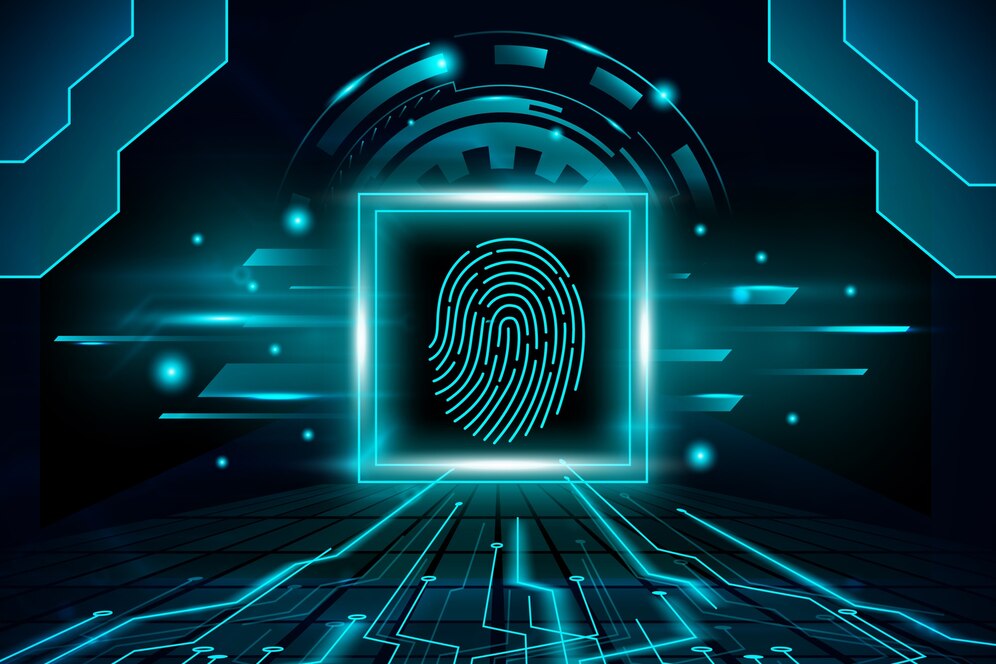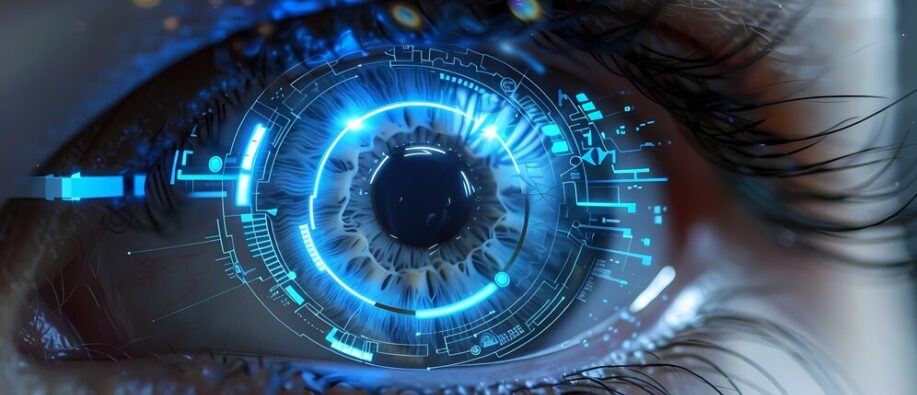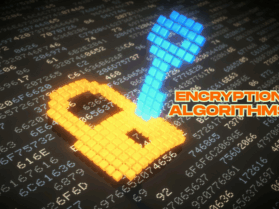Cybersecurity is a domain that is ever-growing and rightly so. The age of days where the insurgence of deepfakes, identity theft, stolen data are on the rise, we need something to protect us from it. An upgrade to the passwords is biometrics, a technology that promises to revolutionize security by providing a more robust and user-friendly alternative. But how exactly does biometric authentication enhance security compared to traditional passwords? Let’s find out.
How Do The Traditional Methods Of Passwords Compare To Biometrics?

Passwords: The Old Protector Of The Authentication
A combination of letters, numbers, and special characters constitutes a password, and a PIN consists of numbers. Passwords and PINS have been the mainstay of digital security for many years because of their strengths:
Easy to use and familiar setup:
Passwords have already been in use in almost every online service, from emails to banking accounts, there is a reliance on passwords for authentication.
Control to the user:
Users have total control over the creation and management of passwords for authentication.
Compatibility:
They can be implemented on various platforms, making them a versatile way of authentication for consumers.
The Limitations of Traditional Password Methods
Many users choose simple, easy-to-remember passwords, making them susceptible to brute force attacks.
Traditional password methods rely on something you know – a series of characters that you need to remember and enter correctly. Despite their ubiquity, passwords have significant drawbacks:
Weak Passwords:
Many users choose simple, easy-to-remember passwords, making them susceptible to brute force attacks.
Reused Passwords:
People often reuse passwords across multiple sites, increasing the risk of widespread breaches if one site is compromised.
Phishing Attacks:
Cybercriminals use deceptive tactics to trick users into revealing their passwords.
Forgotten Passwords:
Users frequently forget their passwords, leading to time-consuming recovery processes.
These limitations underscore the need for a more secure and efficient method – biometrics.
The Advantages of Biometric Authentication
Biometric authentication relies on unique physical or behavioral characteristics to verify identity. Here are some keyways in which biometrics enhance security:
Uniqueness and Complexity:
Biometric traits such as fingerprints, facial recognition, and iris patterns are unique to everyone. Unlike passwords, which can be guessed or stolen, these traits are extremely difficult to replicate or forge.
Convenience:
Biometrics eliminates the need to remember complex passwords. This convenience reduces the likelihood of users resorting to weak or repeated passwords.
Enhanced Security:
Biometric data is more secure because it is stored in encrypted formats and often requires a live presence to authenticate. This makes it much harder for attackers to gain unauthorized access.
Resistance to Phishing:
Since biometrics are based on physical traits rather than information that can be shared, they are not susceptible to phishing attacks.
Types of Biometric Authentication
There are several types of biometric authentication methods, each with its own set of advantages:
Fingerprint Scanning:
One of the most common methods, it offers quick and accurate identification.
Facial Recognition:
Uses facial features to verify identity, increasingly popular in smartphones and security systems.
Iris and Retina Scanning:
Provides a high level of accuracy due to the complexity of iris patterns.
Voice Recognition:
Uses vocal characteristics to authenticate users, useful for phone-based systems.
FAQs About Biometric Authentication
1. How secure is biometric authentication?
Biometric authentication is highly secure due to the unique and immutable nature of biometric traits. These traits are much harder to replicate, or steal compared to traditional passwords.
2. What happens if my biometric data is compromised?
If biometric data is compromised, it cannot be changed like a password. However, biometric systems typically use encrypted templates of your data, making it difficult for attackers to misuse it. Additionally, multi-factor authentication (MFA) can provide an added layer of security.
3. Can biometric systems fail?
Like any technology, biometric systems are not infallible. Environmental factors, injuries, or aging can affect biometric readings. However, advancements in technology are continuously improving the accuracy and reliability of these systems.
The Future of Biometric Security
As the digital landscape evolves, the adoption of biometric authentication is likely to increase. Its ability to provide a higher level of security and user convenience makes it an attractive option for both individuals and organizations. Moreover, as technology advances, biometric systems will become even more sophisticated, further enhancing their security capabilities.
Conclusion:
Biometrics offers a compelling solution to the shortcomings of traditional password methods. By leveraging unique physical and behavioral traits, biometric authentication provides a more secure, convenient, and user-friendly way to protect sensitive information. As we move forward, embracing biometrics could be a crucial step in fortifying our digital defenses.
Read More:
AI in Cybersecurity: Boon or Burden? Uncover the Impact on Security





